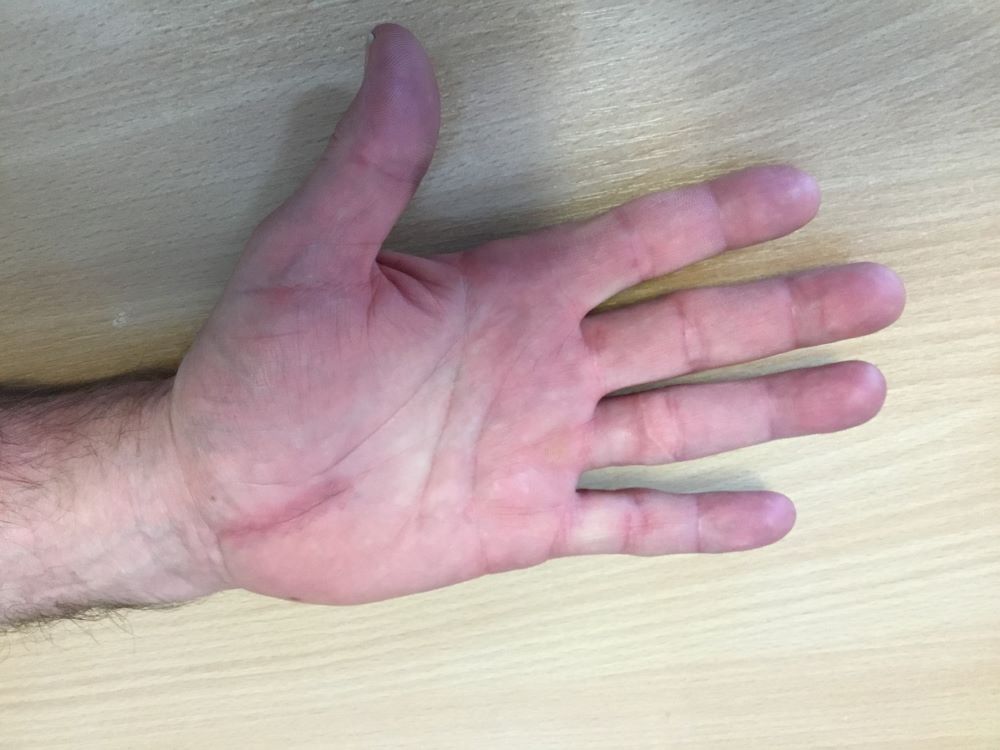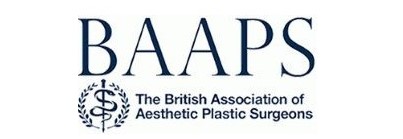Carpal tunnel syndrome
Carpal Tunnel Syndrome (CTS) is a common condition affecting the wrist and hand, often causing pain, numbness, and tingling. Mary O’Brien offers advice and treatment for carpal tunnel syndrome in Derby.
Millions of people worldwide experience this condition, which can impact on daily activities, work, hobbies and overall quality of life. This comprehensive guide will provide an overview of Carpal Tunnel Syndrome, discussing its causes, symptoms, and available treatment options.
What is Carpal Tunnel Syndrome?
Carpal Tunnel Syndrome is a condition caused by compression of the median nerve as it passes through the carpal tunnel, a narrow passageway in the wrist. The median nerve is responsible for providing sensation to the thumb, index, middle, and half of the ring finger, as well as controlling some muscles in the hand important for maintaining grip strength, dexterity and manipulation of objects. When the nerve becomes compressed, it can lead to the characteristic symptoms of CTS.
Causes of Carpal Tunnel Syndrome
There are several factors that may contribute to the development of Carpal Tunnel Syndrome:
- Wrist anatomy: A narrow carpal tunnel or wrist injuries can increase the likelihood of developing CTS.
- Medical conditions: Conditions like diabetes, rheumatoid arthritis, and thyroid disorders can contribute to the onset of CTS.
- Pregnancy: Hormonal changes during pregnancy can cause swelling in the wrist, leading to CTS.
- Obesity: Excess body weight can increase pressure on the median nerve.
- Repetitive hand motions: Continuous and repetitive hand movements, such as typing, playing a musical instrument, or using hand tools, can cause stress on the median nerve.
Symptoms of Carpal Tunnel Syndrome
Carpal Tunnel Syndrome symptoms typically develop gradually and may include:
- Numbness or tingling in the fingers, especially the thumb, index, middle, and thumb side of the ring finger.
- Pain or burning sensation in the wrist, hand, and sometimes the forearm.
- Weakness in the hand, making it difficult to grasp objects or perform daily tasks.
- Night-time symptoms, as many people experience discomfort during sleep causing them to wake up and shake their hand to relieve the symptoms.
- Occasional shock-like sensations in the hand and fingers radiating up to the elbow and shoulder.
Diagnosing Carpal Tunnel Syndrome
To diagnose CTS, a healthcare professional will review the patient’s medical history, perform a physical examination, and may conduct specific tests, such as:
- Tinel’s sign: Tapping on the median nerve at the wrist to provoke tingling in the fingers.
- Phalen’s test: Bending the wrist to see if symptoms are reproduced.
- Nerve conduction studies: Measuring the speed at which an impulse travels along a nerve. This can indicate if there is reduced conduction, the site of reduced conduction and how significant that reduction is.
- Electromyography (EMG): Assessing the electrical activity in muscles.
Treatment Options for Carpal Tunnel Syndrome in Derby
Treatment for CTS may vary depending on the severity of the condition. Common treatment options include:
- Wrist splints: Wearing a wrist splint, especially during the night, can help alleviate symptoms. It is important the wrist is supported in a neutral position. Often “off the shelf” splints have a bar with a bend in it that can make symptoms worse.
- Anti-inflammatory medications: Over-the-counter pain relievers and anti-inflammatory drugs can help reduce pain and swelling.
- Corticosteroid injections: Steroid injections can provide temporary relief for moderate to severe symptoms. They are often useful in diagnosis.
- Activity modification: Changing or avoiding activities that worsen symptoms can help prevent further damage.
- Surgery: In selected cases, a surgical procedure called a carpal tunnel release may be recommended to alleviate pressure on the median nerve.
Carpal Tunnel Release Surgery: A Step-by-Step Overview
Carpal tunnel release surgery is a procedure performed to alleviate pressure on the median nerve and provide long-term relief from the symptoms of Carpal Tunnel Syndrome (CTS). This surgery may be recommended when conservative treatments fail to provide sufficient relief or when nerve damage is detected. Mary O’Brien offers this treatment in Derby, at Derby Private Health on the Royal Derby Hospital site.
Here is an outline of how the surgery works:
Types of Carpal Tunnel Release Surgery
There are two main types of carpal tunnel release surgery:
- Open Release Surgery: This is the traditional method of surgery, involving a small incision in the palm and wrist area to access the carpal tunnel.
- Endoscopic Release Surgery.
Preparing for Surgery
Before the surgery, patients may need to:
- Undergo a preoperative evaluation, including a physical examination and a review of medical history.
- Discuss any medications they are taking with their surgeon, as some medications may need to be stopped or adjusted.
- Arrange for transportation and post-operative care, as the patient’s hand will be in a bulky bandage that needs to be kept clean, dry and elevated in the immediate post-operative period.
The Surgical Procedure
The Carpal tunnel release surgery typically follows these steps:
- Anaesthesia: The patient is given local anaesthesia to numb the hand and wrist area.
- The procedure is usually performed under tourniquet control (a tight cuff on the upper arm) that remains inflated for approximately 6 minutes.
- Incision: For open release surgery, a single incision is made in the palm and wrist area.
- Carpal ligament release: The surgeon carefully cuts the transverse carpal ligament, which forms the top of the carpal tunnel, to relieve pressure on the median nerve.
- Inspection: The surgeon inspects the median nerve to ensure it is no longer compressed and uses a cautery machine to control any bleeding vessels.
- Closure: The incision is closed with stitches, and a bandage or dressing is applied to protect the wound.
Recovery and Rehabilitation
After the surgery, patients can expect:
- Pain management: Pain medications may be prescribed to help manage post-operative discomfort. Paracetamol is usually sufficient and should be taken before the local anaesthetic wears off.
- Wound care: Patients should follow their surgeon’s instructions for keeping the surgical site clean and dry. The hand should be elevated as much as possible to reduce swelling. Stitches are removed approximately 2 weeks after surgery.
- Hand therapy: A hand therapist may be recommended to help patients regain strength, flexibility, and function in the affected hand through exercises and stretches. Once the wound has healed, the scar should be massaged and mousurised.
- Gradual return to activities: Patients should follow their surgeon’s guidelines for returning to normal activities and work, which may take several weeks to months.

Risks and Complications
As with any surgery, carpal tunnel release surgery carries some risks and potential complications, such as:
- Infection
- Bleeding
- Nerve damage (very rare)
- Incomplete relief of symptoms
- Stiffness or weakness in the hand
- Discomfort in the area of the scar (pillow pain)
Carpal tunnel release surgery is an effective treatment option for patients with mild, moderate, severe or persistent Carpal Tunnel Syndrome. By understanding the surgical process and following their healthcare team’s recommendations, patients can achieve long-term relief from their symptoms and improve their overall quality of life.
Miss Mary O’Brien is a highly skilled and respected consultant plastic and hand surgeon based in Derby. With a wealth of experience and a strong commitment to her patients’ well-being, she offers comprehensive treatment options for carpal tunnel syndrome, including non-surgical interventions and surgical procedures. Miss O’Brien’s patient-centred approach ensures the highest quality of care and optimal results for her patients.
Why Choose Mary O’Brien for Carpal Tunnel Syndrome Treatment?
- Comprehensive and personalized treatment plans
- Extensive experience in plastic and hand surgery
- Advanced surgical techniques
- Patient-centred approach focused on well-being and optimal results
- Conveniently located clinic in Derby within the world-renowned Pulvertaft Hand Centre.
Consultation and Appointments:
To schedule a consultation with Mary O’Brien regarding carpal tunnel syndrome treatment, please contact her clinic using the information below. Appointments can be made through self-referral or upon referral from your general practitioner or other healthcare professionals. The clinic is located in Derby and people often travel from across the UK for treatment.
Phone: 01332 890520








